Mozambique: Government wants forensic audit of last 10 years of LAM accounts
A perspective on the rising Rand and the immobilized Metical … next moves ? – Colin Waugh
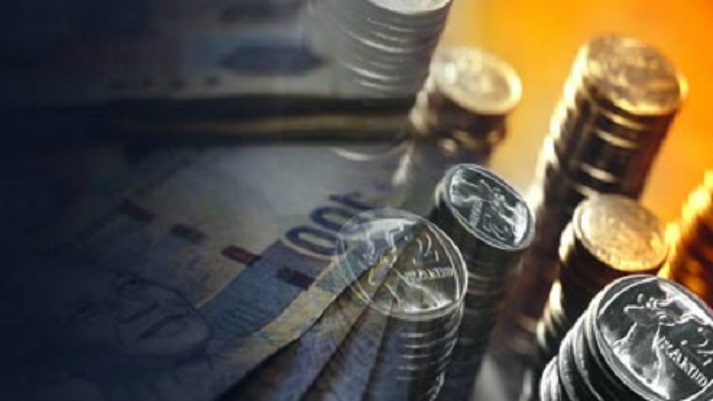
What a difference a year makes. In the foreign exchange markets as much as anywhere, the evolution of prices in our region has been as surprise-packed and as volatile as just about anywhere on earth. In February last year, the US dollar was rampant and in emerging currency terms, it was only a question of which victim took the financial force of the selling from those who wanted to add to their USD exposures. Across on the other side of the Lowveld, South Africa’s Rand was one of those which took the brunt of the attack, tumbling to 16.8 to the dollar amid sluggish economic reports and political turmoil of the financially most unsettling kind.
An embattled President Jacob Zuma was on the hunt for victims too, to distract his opponents inside and outside parliament from the ethical shortcomings of his style of financial management and a cavalier approach to presidential use of the People’s Resources. High on his political hit list a couple of months before had been Finance Minister Nhlanhla Nene, until then seen as a steady pair of hands, replaced in short order by relative unknown David van Rooyen.
Nene’s abrupt departure sent the Rand into a tailspin, at a time when the gold price was threatening to drop below $1,000/oz – and only a Sunday-night backpedalling from the head of state before world markets reopened was able to steady the Republic’s finances. Veteran Finance Minister Pravin Gordhan was quickly brought back in to calm investors’ nerves and to appease the international bond rating agencies, and within a few months, a measure of calm had returned to South Africa’s financial scene, before Gordhan himself was transformed from saviour to victim as well.
Meanwhile in Maputo the mirror image of events was unfolding: when South Africa’s fortunes were at their lowest ebb, just a year ago, it took less than 3,000 Meticais to buy a thousand Rand and that went a long way for a lot of cross-border shoppers or those on company procurement missions to buy essential tools and equipment for many a construction project or small business.
But Mozambique’s foreign exchange problems were already baked into the country’s financial cake by that time, and it was only a matter of weeks before the reality behind the borrowing bubble started to come into full public view. In early April last year while restructuring operations for the bogus EMATUM debt were underway, another top-level swindle was revealed by none other than the Wall Street Journal – unauthorized and unannounced loans to Proindicus and later to MAM – and the rest has been the subject of so many column inches (including my own) that it bears no further repetition in the current context.
Suffice to say that the foreign exchange markets quickly got the message and while the US dollar was soon fetching 80-plus Meticais in the cambio-shops of the main cities, the Rand continued to rise, touching the staggering 5.77 Metical level not long ago on its way to who-knows-where?
Well, who does know where? Even the ministers of finance and the central bankers have little idea of the answer to that question, as history has proven so many times, but at the turn of the year a new theme among investment bankers and hedge fund managers with an interest in global markets and foreign exchange rates was the prospect of the ‘undervalued’ emerging market currencies undergoing a resurgence, or at least a less pessimistic evaluation of their relative worth. In a world awash in uncertainty and in a central banking system whose centre was looking about as solid as a semifreddo, all at once commodity rich, low-cost countries giving 8% tax-free interest to foreign depositors made up for a lot of other warts and blemishes.
Share markets, especially in financial companies, put in a stellar rally in the wake of the election of one of the least experienced and most volatile super-power presidents for generations. This was a cynical reaction perhaps, mostly based on the prospect that some of the US Congress’ painstaking legislative work of the past 8 years – aimed at bolstering market stabilization measures – might be unravelled by a chief executive bent on deregulation for deregulation’s sake.
In combination with what are undoubtedly global forces, South Africa’s financial markets have rediscovered many of their followers, helped along by a robust round of commodity appreciation as well as political developments domestically. A good deal of optimism was recently in evidence on the part of voters who felt that they were helping to turn back executive tyranny – the country’s ruling party, the ANC took a drubbing in last August’s municipal elections giving the opposition parties control of the majority of metropolitan South Africa.
Whatever the mixture of motivations, what Xola Potelwa – a leading SA financial journalist – has dubbed ‘the World’s Most Political Currency’ seems to be well on its way back to favour among the world’s top investment houses. Goldman Sachs and Citibank were among those who turned from negative to positive early this year in their assessments for South Africa’s investment prospects while a recent Reuters poll (see yesterday’s article) shows bankers turning more cautious after the recent ZAR rally. Stay the course, bankers. Mr. Trump doesn’t do cautious.
Mozambique however, will have to await its economic revival moment, that remains clear. While the national currency has halted its retreat against the dollar for now, there are few reasons to
expect a reversal. What stops going down doesn’t always have to start going up, and lest we forget, it takes buyers of dollars as well as sellers of Meticais to keep the currency on the move – and what, it might be asked, do you really want to buy in Mozambique with dollars right now?
While the sense of tyranny may not be turned back at the ballot box and it will take more than a change of finance ministers to stabilize the economy, the trend will eventually turn, if it hasn’t already, for good underlying economic reasons. At least those at the top have stopped trying to placate the populace with facile excuses of ‘the strong dollar’ (it isn’t – down over 20% against the Rand in the past 12 months) or ‘depressed world commodity prices’ (they aren’t – oil, gold, aluminium coal and other commodities are up 20-30% since late 2015), maybe, just maybe as a precursor to an injection of reality into the country’s economic management.
Although joining the regional customs union SACU and the Common Monetary Area using the Rand as their unit of account might be impossibly inspired and constructive measures in the name of long term economic stability, it may suffice to turn the tide if the country stops doing things wrong for a while just to see what happens. ‘’Part of being optimistic,’’ as Nelson Mandela wrote in ‘Long Walk to Freedom’ is nothing more than ‘’ keeping one’s head pointed toward the sun, and one’s feet moving forward.’’
By Colin Waugh
- Colin Waugh is an investor and financial market researcher based in Maputo.



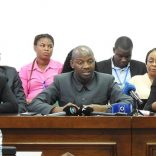

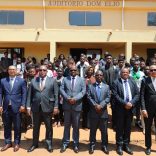

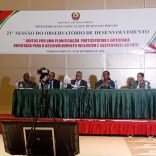

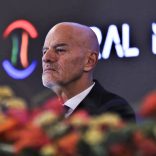



Leave a Reply
Be the First to Comment!
You must be logged in to post a comment.
You must be logged in to post a comment.